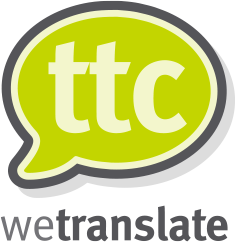
When you say ‘translation’ most people assume you’re talking about taking one language and turning it into another so natives of another country can understand the message.
However, sometimes translation happens within a single language – to help certain people communicate more effectively.
It was World Braille Day on 4th January. This was Louis Braille’s birthday. Having lost his sight in an accident as a child he invented the raised dots system as a means of being able to read. Although the system was not taught until after his death in 1852, his clever fingertip reading system survives to allow people with little or no sight to enjoy books and gather knowledge.
As a translation company we have members of our team who can translate into British Sign Language (BSL). They interpret spoken English for people who cannot hear to enable them to take an active part in meetings, training and conferences.
The workplace today thrives on diversity and people who may not be able to see or hear can still make valuable contributions to the business and the teams they’re part of. The translation of spoken English to sign language and the provision of braille material can make a significant difference.
For that matter, many companies have a multi-national workforce and find that providing company handbooks or other essential employee information in a range of languages improves both employee involvement and compliance. While staff may be able to speak the native language of their employer, they appreciate that their employer has made the effort to provide information in their own language.
There’s a saying ‘involvement creates commitment’ and committed employees are always a valuable and sought-after resource.
Translation is all about communication – it’s an aid to understanding and that’s important in all aspects of life. Whether it’s helping customers to understand what you have to offer, helping employees to be fully integrated into their teams or expanding the pool of knowledge available it’s always good for business!

